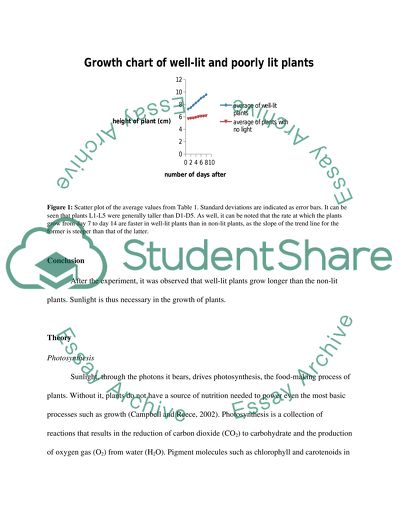Cite this document
(“What effect does the brightness of light have on the growth rate of a Coursework”, n.d.)
Retrieved from https://studentshare.org/chemistry/1445587-what-effect-does-the-brightness-of-light-have-on
Retrieved from https://studentshare.org/chemistry/1445587-what-effect-does-the-brightness-of-light-have-on
(What Effect Does the Brightness of Light Have on the Growth Rate of a Coursework)
https://studentshare.org/chemistry/1445587-what-effect-does-the-brightness-of-light-have-on.
https://studentshare.org/chemistry/1445587-what-effect-does-the-brightness-of-light-have-on.
“What Effect Does the Brightness of Light Have on the Growth Rate of a Coursework”, n.d. https://studentshare.org/chemistry/1445587-what-effect-does-the-brightness-of-light-have-on.


